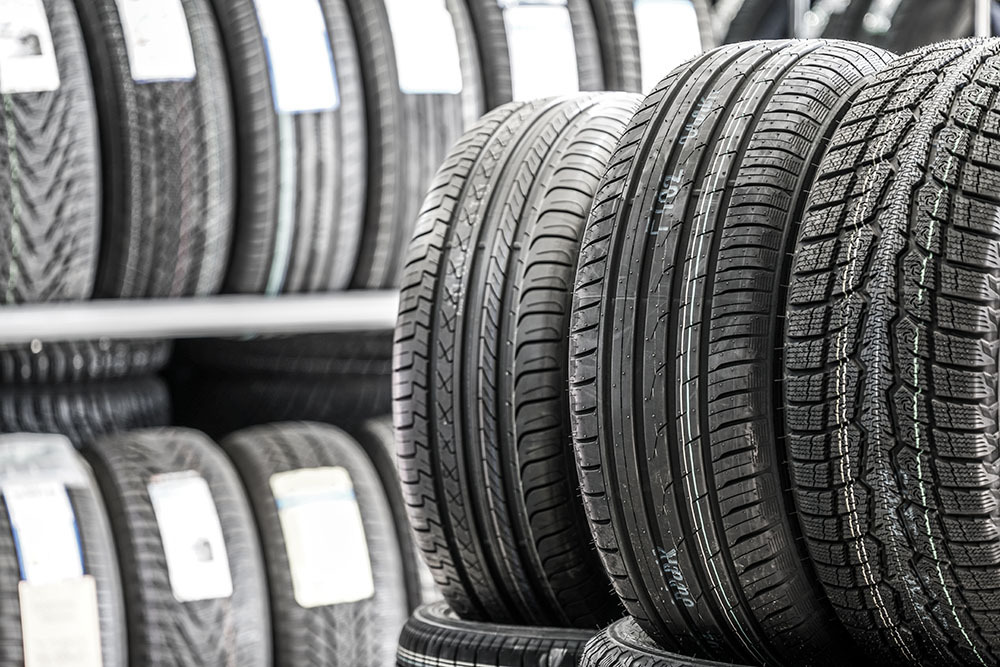TIRE TIPS

TREAD DESIGN TYPES, TREAD ELEMENTS
The type of tires your car has can affect the ease of handling, cornering, and even fuel economy. Luckily, there’s something for everyone since tire manufacturers have created tread designs aligned with usability requirements. Getting the correct tire size might be a must-have in your tire checklist, but the tread design is equally crucial.
The tire tread is the part in contact with the off-road or paved driving surface. Each tread design or tread pattern has unique elements defining the overall tire characteristics and performance. Find out more below.
Tread Elements
All tire tread designs feature four main tread elements:
- Tread blocks. They are the raised rubber segments in contact with the road surface.
- Ribs. These are the raised parts of the tread pattern made of tread blocks.
- Sipes. These are thin slits moulded into tread blocks.
- Grooves/voids/tread depth. They are the deep channels that run laterally and circumferentially around the tires.
Tread Designs
The arrangement of the above elements makes up these four tire tread designs:
Symmetrical Tire Tread Pattern
It includes continuous ribs or independent tread blocks arranged identically on the inner and outer halves of the tire. It’s the most common tread design for passenger car tires, light trucks, and travel trailers.
The tire pattern facilitates a smooth ride with low rolling resistance for long trips and a steady grip on dry roads. It also enhances fuel economy and high directional stability, with some of the best trailer tires and truck tires having this design for a comfortable ride over long distances.
The Asymmetrical Tire Tread Pattern
Although a bit quirky looking, tire manufacturers had functionality during design. This pattern is perfect for SUVs and high-performance cars that drive at high speeds.
It includes two nonidentical tread designs on each half of the tire surface. The inner half is designed for displacing water and protecting against hydroplaning, while the outer half’s rigid tread blocks and higher lateral stiffness rubber compounds enhance grip when cornering.
The Directional Tire Tread Pattern
When shopping for quality tires, consider tread patterns designed to roll in a single direction only. This pattern works well on all-season tires and high-performance passenger car tires.
Lateral V-shaped grooves on both halves of the tire meet in the middle and resemble the shape of an arrowhead. While the design has a stunning aesthetic appearance, the hydroplaning resistance capabilities at higher speeds and enhanced traction on snow and mud surfaces prove useful.
Directional/Asymmetrical Tire Tread Pattern
It features both directional and asymmetrical tread patterns. V-shaped grooves direct water away from the tires, while the asymmetrical tread pattern provides extra traction.
Side note: This pattern has a slightly reduced durability and tread life compared to other tire designs due to the unbalanced tread wear.
Final Thoughts
You want high-quality tires, and that begins with getting the specs right. Check the arrow indicator on the tire’s sidewall to get the orientation right. Also, use similar size tires and get those with the same tread patterns or at least match the rear and front axles. Better yet, talk to us for more insight, including our warranty details!

